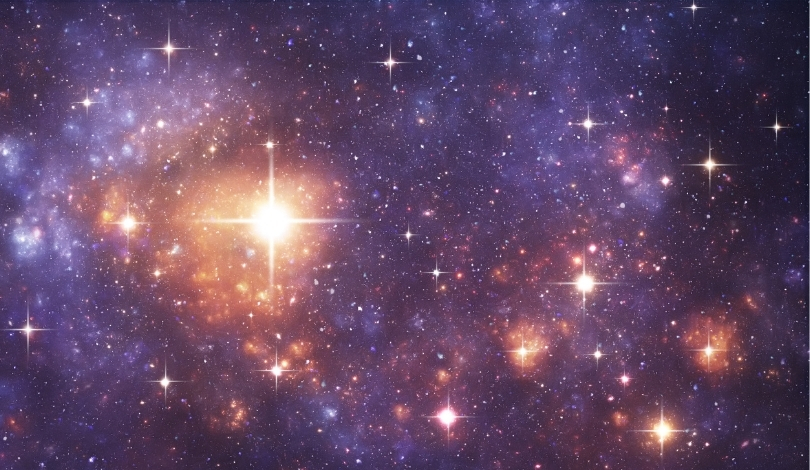Saturn’s striking rings have captivated scientists and the public alike for hundreds of years. Recent advancements in planetary science now suggest these rings may be much older than previously believed, potentially dating back to the formation of Saturn itself. This revelation offers new insights into the dynamics and longevity of planetary ring systems in our Solar System.
Previously, estimates of Saturn’s rings’ ages varied widely, with some studies proposing they formed billions of years ago alongside Saturn and the Solar System. However, other research suggested a much younger age of a few hundred million years based on observed ring purity. The new study adds complexity to this debate by reassessing micrometeoroid impact models.
How Did Historical Observations Shape Our Understanding?
The initial discovery of Saturn’s rings dates back to Galileo Galilei in the early 17th century. Although Galileo couldn’t discern the true nature of the rings with his early telescope and mistook them for moons, later observations by Christian Huygens clarified their structure. Huygens described the rings as “a thin, flat ring, nowhere touching the planet, inclined to the ecliptic plane, and surrounding the planet without touching it.” These early insights laid the groundwork for future explorations.
What Role Did Modern Spacecraft Play?
Modern spacecraft have significantly advanced our knowledge of Saturn’s rings. The Voyager missions in the 1980s provided the first detailed images, revealing complex structures like ‘spokes’ within the rings. The Hubble Space Telescope further enhanced this understanding by identifying numerous inner rings and ringlets. However, it was the Cassini spacecraft, which orbited Saturn for 13 years, that offered the most comprehensive data. Cassini’s high-resolution images and in-depth measurements uncovered the rings’ intricate dynamics and confirmed their composition largely consists of water ice.
How Does the New Research Challenge Existing Theories?
“Thus, we suggest that the apparent youth of Saturn’s rings could be due to pollution resistance rather than indicative of young formation age,”
explained Ryuki Hyodo, the lead author of the study. The research published in Nature Geoscience indicates that previous models overestimated the accretion efficiency of micrometeoroids impacting the rings. By simulating hypervelocity impacts, the team found that non-icy micrometeorites are less likely to deposit material onto the rings, allowing them to remain clear for a much longer period. This suggests that Saturn’s rings may not require recent formation to maintain their pristine appearance.
The study acknowledges limitations, such as not accounting for the porosity and granularity of ring particles. Nonetheless, it emphasizes the importance of considering dynamic forces in planetary evolution models. By reevaluating long-held assumptions, the research opens new avenues for understanding not only Saturn’s rings but also the ring systems of other celestial bodies.
Saturn’s rings remain one of the most studied and enigmatic features in our Solar System. As research continues, scientists aim to refine models and gather more data to determine the true age of these magnificent structures. Understanding the rings’ longevity could provide broader insights into the processes that govern the formation and sustainability of planetary rings across the universe.










